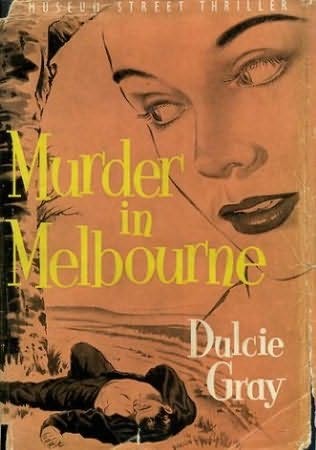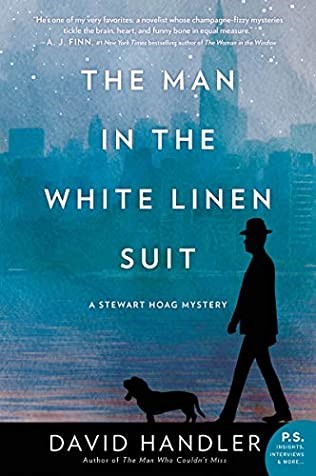
I finally got around to picking up another title in the Flaxborough Chronicles by Colin Watson. Why I waited so long I do not understand. I loved the first one I read and I loved Hopjoy Was Here (Eyre & Spottiswoode, 1962), the third in the series of 12 gently sardonic and clever police procedurals featuring Detective Inspector Walter Purbright and Detective Sergeant Sidney Love in the prosperous market and port town of Flaxborough in East Anglia. Flaxborough is supposedly a fictionalized version of a town in Lincolnshire where Watson was a journalist.
In the time-honored manner and very much in Flaxborough style, an anonymous letter writer advised the Flaxborough police that something was amiss in the house owned by Gordon Periam, who rented a room to a commercial traveller named Brian Hopjoy. When Detective Inspector Purbright learned about the letter, he decided it deserved more than the casual glance such missives generally get, as he and Chief Constable Chubb were aware that Hopjoy was in fact part of Britain’s intelligence service, agency unnamed, working undercover in the region. Since no one seemed to be home either time the police visited, they felt justified in entering the house to ensure all was well. They found indisputable evidence that a substantial amount of organic material had been dissolved with acid in the bathtub, leaving insufficient amounts to determine who or what had been destroyed. That neither man had been seen for a week supported the suspicion that one of them was now in the many test tubes collected by the police from the bathtub drain and the other was on the lam.
To complicate matters, two representatives of Hopjoy’s agency appear to relay that their now-missing colleague had reported dubious activities in the region, leading them to believe he was a victim of counterintelligence forces. They could not provide more details because the information was classified but they wanted to know everything that Purbright and his colleagues learned. This lopsided arrangement did not endear them to the Flaxborough team.
This book is a delight. Watson pokes fun at just about everything and everyone while laying out a solid police procedural with some nice red herrings. His skewering of the British spy of film and fiction is particularly juicy. Written about the time the first James Bond movie was released, Watson spoofs the stereotyped secret agent who is irresistible to every woman he meets and points out not at all subtly that when an undercover scout is sent out on his own, his supervisors really have no idea how he spends his time. Highly recommended.



























